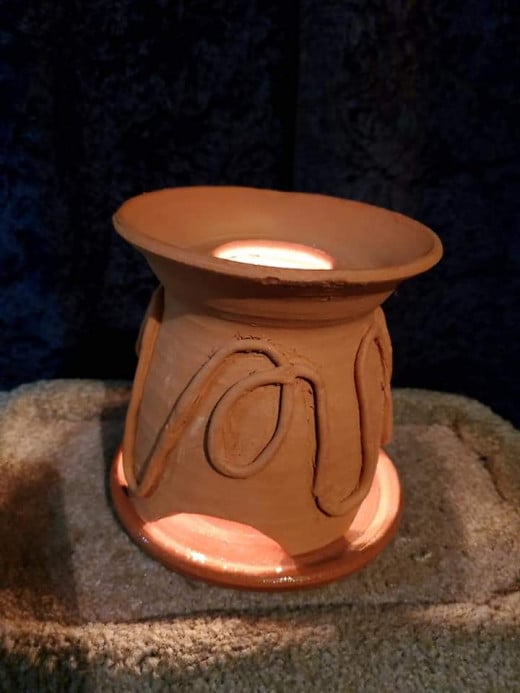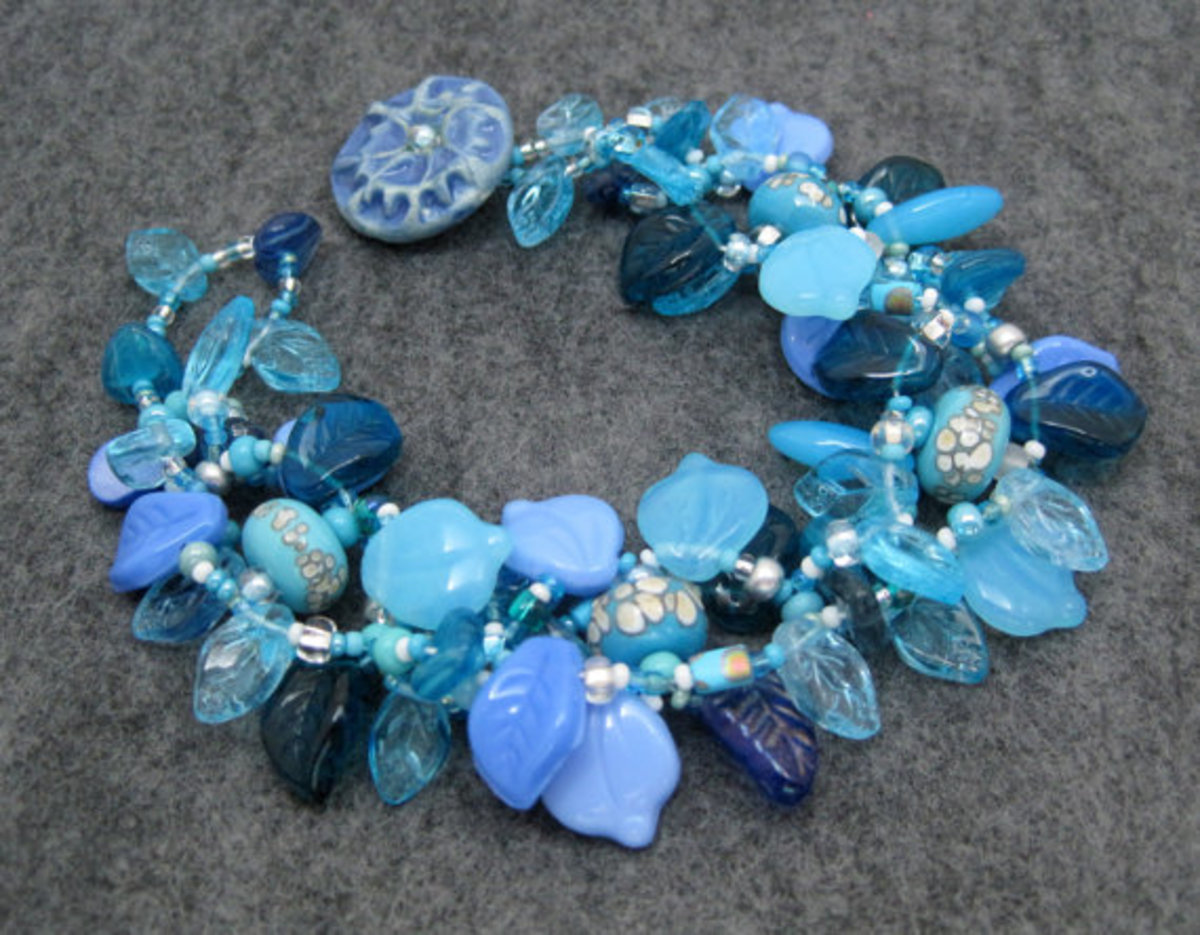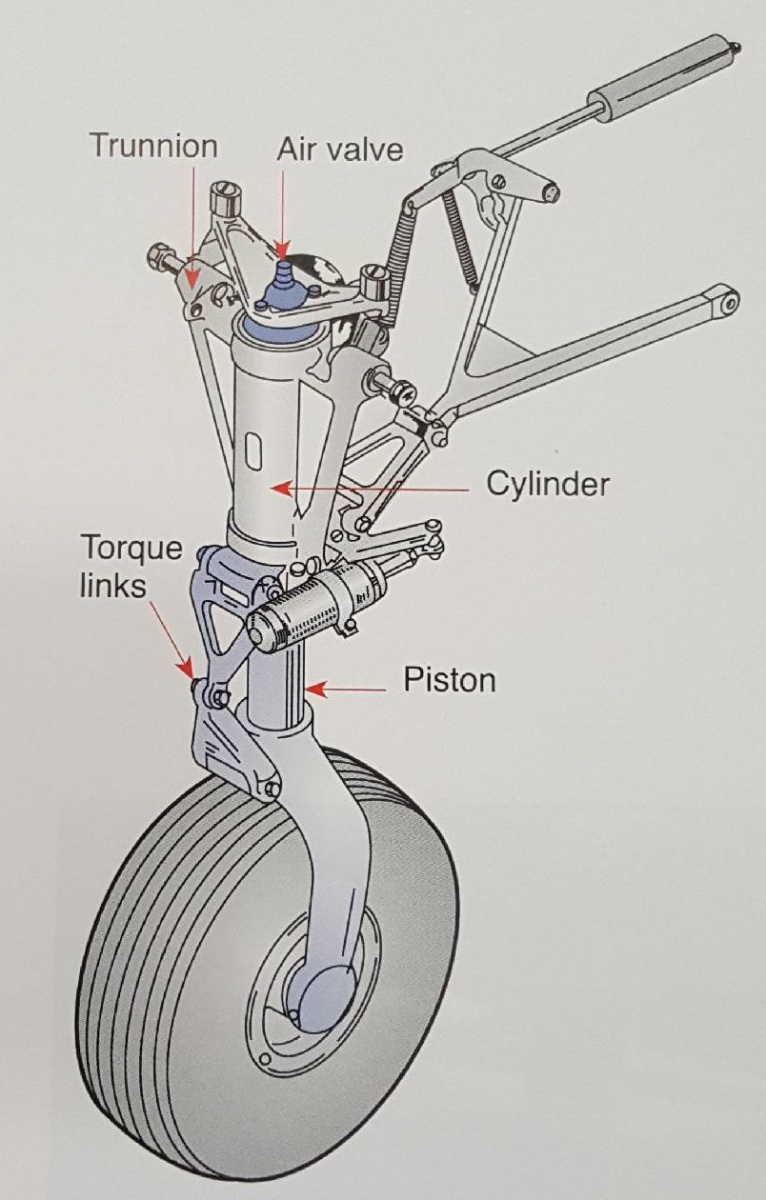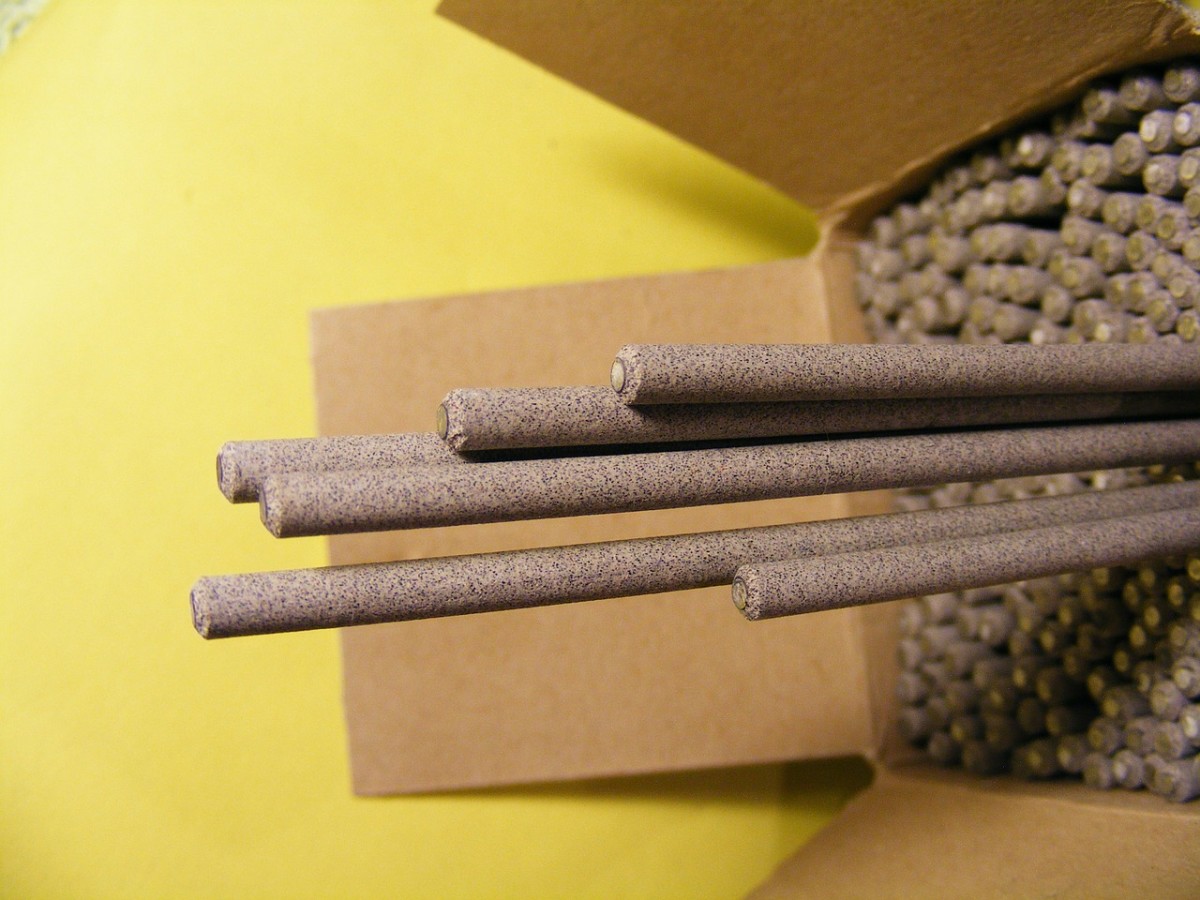Important Considerations in Ceramic Construction
Design Considerations for the Ceramic Room Heater
We begin by looking at what is necessary to make this project so that it is safe to use and functions as intended. As a result of plenty of experimentation, the author has determined that certain minimal requirements must be met.These include;
- Knowing the shrinkage of the medium between wet and final firing
- The right size
- Limits of the material
- Where it is to be used

Considerations For the Proper Size
Given the fact that any clay will shrink from the initial wet state to the final firing, we need to know how to size the piece so that it ends up at the correct size when fired. After more than a year of experimentation, it has been determined that the ideal size for the four candle ceramic heater is 6 inches tall and 5.5 to 6 inches in diameter. This is the final size. So, just how much larger do you have to make it it the initial stage? That can be determined by making a test strip before you even begin making the project.
The test strip needs to be made of the same clay type as your piece. All clay that you will be using, sould be wedged to drive out any air bubbles. The test strip should ideally be as thick as you clay wall in your piece. Make it of a length that is of some easily divided number like 5 centimeters. Mark the dimension on the piece while wet. Making it any bigger could be a little cumbersome and possibly too fragile.. Dry and fire the piece and measure it again. You will notice that the fired dimension is smaller than the wet dimension. That difference is the shrinkage of the clay body.
Dtermining the Amount of Shrinkage for a Clsay Body
Calculating the Project Size From the Test Strip
Once you have the fired test strip that is marked with the wet length, you are set to remeasure the fired strip. You will find it shorter than the marked wet length. Note the new length and compare that with the wet length you recorded before drying and firing. In a factitious example, say your wet length was 5 centimeters (50 millimeters) and the new measured length of the new fired length is 45 millimeters. The difference is 5 millimeters. A little quick math tells us that the test strip has shrunk by 10 percent. Your results will differ.Terracotta tends to shrink the least and porcelain shrinks the most.
Now, in this factitious example, you have a test strip that is 90 percent of the wet dimension in length. What you want to do now is divide the old length by 9 and take the result (approximately. 5.55 millimeters) Add that to the wet length. This is the guide to working larger than the finished fired size to be,
For a piece that ends up at 6 inches tall and 5,5 inches wide, you will need to make it 6.6 inches tall and 6.05 inches wide when made from wet and plastic throwing clay. Now your test strip may be different, so you will have to make your own calculations, For the terracotta used by the author, the shrik rate was 12 percent. Yours will likely differ depending on included materials that are used to increase shock resistance and reduce shrinkage.
Understanding Limits of Your Medium
Like anything else, there are limits which must be understood in order to get the most out of your project while being safe. The ceramic candle powered heater must be the correct size and of the right clay. Not all clay types are suitable. Choose a high grogged clay for maximum shock resistance and durability. A high grogged clay will not shrink as much as a non-grogged clay when fired. Do not make the top part (the bell) too small or too large. A top that's too squat and small is a fire hazard. One that is too large is inefficient and will not heat properly. Experiments have determined that a size of six inches tall is close to being optional with the least risk. The walls should not be too thin or too thick. They should be formed thick enough for you to decorate and add heat transfer vanes.
You might wish to vary the form, but bear in mind that the end result should be self supporting and not top heavy or unbalanced.
Use a clay with as low a shrink rate as possible. This lessens thermal shock. A high shrink rate clay may result in shattering when on use; a highly dangerous situation. A bisqued top is better for the pyrpose intended than a vitrified top.
Considerations as to What Clay For USe
Here is a situation where one size fits all does not fit!. There is a huge variety of clay types for various purposes. The main groups are terracotta, earthenware, stoneware and porcelain. Each one has a specific range of uses. For instance, you cannot use terracotta for making a substrate for a crystalline glaze. Nor can you get away with making a piece of varying thickness using porcelain. Stoneware is the best type of clay body that you can use to make ovenware and cooking. Earthenware, due to a huge variety of glazes available at low firing temperatures is excellent for many art projects for all ages. The use of terracotta is ideal for what is being considered by way of a low temperature, shock proof, heating appliance. It is also ideal for making coolers of various types. We will look at cooling applications in a separate article.
When making your terracotta heater, you will be firing the top, bell shaped part to bisque firing of about cone 06 (1,828-1,855 deg. F). The kiln atmosphere will be glowing orange in color at maximum firing. Some kilns use a kiln sitter with a small cone that shuts off the kiln when the right temperature is reached. The bottom dish will be glaze fired to about cone 02 with a clear glaze after bisqueing. The top part is fired only once and the bottom part is fired twice. This is because the bottom will be glazed after a bisque firing and then refired.
For a Firing Chart, click Here
Using Mixed Media in Ceramic Construction
- Mixed Media Incorporated Into Ceramics
Ceramics can be built to incorporate mixed media of all sorts. By carefully constructing you foundation piece, you can include manufactured metal parts, glass beads, stained glass, wood, wicks and whatever else you may consider. mixed media is essent








